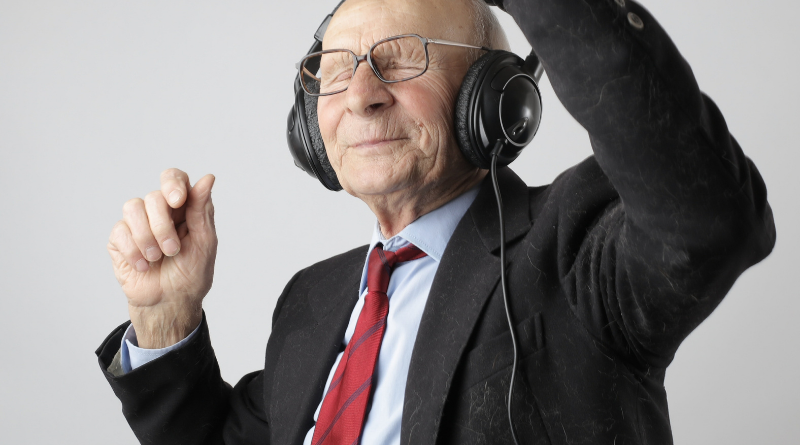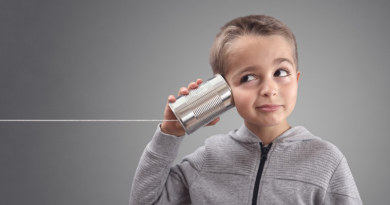What can you do about your “old age” aches and pains?
Are you old? I have no idea when we are officially classed as old but in 1932, the American psychologist Walter Pitkin published the self-help book Life Begins at Forty. Since then the number has been revised upwards and in 1991, the New York Times printed ‘Life begins at 40? More like 60’ and as life expectancy increases, I am sure this figure will be revised yet again.
One dictionary definition states that “old” means “having lived for a long time; no longer young” followed by the example “the old man lay propped up on cushions”
Unfortunately, this definition sums up the general view of older adults portrayed by the media and how they are often seen by many working in the health services. It is also the reason I struggle to find positive images of people over 50 that aren’t propped up on cushions, generally having everything done for them because they can’t do it themselves.
If this fits your idea of being old, it is not my experience as an osteopath when treating people in their 70s, 80’s and 90’s. Unfortunately, they generally come to see osteopaths as a last resort after being told by their GP or other health professional that they must live with stiffness, aching muscles, and painful joints or keep taking the pills (there are always pills!) because nothing else can be done.
This is a shame as a significant number of muscle and joint problems can be improved with the right treatment and exercise regardless of age. This neatly brings me to the main point of this article.
The World Health Organisation (WHO) recommends:
“adults aged 18–64 years carry out 150–300 minutes of moderate-intensity aerobic physical activity or 75–150 minutes of vigorous-intensity aerobic physical activity. Adults 65 or over should also include physical activity focusing on balance and strength training at moderate or greater intensity, on 3 or more days a week”
You can find out more here: https://www.who.int/news-room/fact-sheets/detail/physical-activity
Many people never try to reach those WHO targets because they:
- Have no time
- Don’t know where to start or what to do
- Can’t afford to join a gym or exercise class.
- Worried about what other people will think of them
- Lack motivation
If you are old you can probably think of a few more reasons to add to the list but exercise becomes even more important as we age as it can seriously improve your quality of life by:
- Increasing release of endorphins (feel good hormones)
- Improving your balance and co-ordination
- Reduced risk of heart disease, stroke, type 2 diabetes, and cancer by 50%
- Boosting your confidence and improving your social life!
The good news is that you don’t have to train for 75-150 minutes a week to improve your health. A little advice on your lifestyle including nutrition, sleep, and a simple exercise program can make a significant improvement to how you feel. The better news is that the improvement can be even more dramatic if you haven’t exercised for a while as joints and muscles like to be moved and a lack of movement can contribute to the amount of pain you feel.
Otago is an exercise program that was developed specifically for older adults with the aim of increasing strength and balance to reduce the risk of falls and injury and you can find out more here https://www.physio-pedia.com/Otago_Exercise_Programme. While it was primarily aimed at older adults it is suitable for anyone that hasn’t exercised for a while and wants to get fitter and move better without going to the gym or taking up jogging.
If you are ‘allergic’ to the thought of exercise, try thinking of movement as a medicine that will help you feel better with no side effects and the more you take the better you will feel.
Walking is an excellent and very underrated exercise that most of us do every day. If you can’t walk there are chair-based exercises that can be equally effective and there are other things that you can do to increase your activity whether you are able-bodied or have a disability.
Here are some great examples of people where age has not stopped them from achieving their goals:
- Fauja Singh, is the world’s oldest marathon runner and in January 2016 ran in the Mumbai Marathon at age 104.
- In 1998, John Glenn became the oldest astronaut when he went to space as part of Space Shuttle mission STS-95 at age 77.
- Johanna Quaas from Germany is the world’s oldest gymnast at age 86 practicing gymnastics twice per week, together with an hour of exercise every day.
As long as you have the drive and determination you are never too old to do anything you set your mind to, whether that is to get fitter and healthier, learn a new skill, read more, or travel. So what are you going to do next?
Originally posted 2021-11-15 12:53:15.
- Are you sitting comfortably? - September 16, 2025
- Three therapists walk into a bar! - February 23, 2025
- What can you do about your “old age” aches and pains? - January 13, 2025






